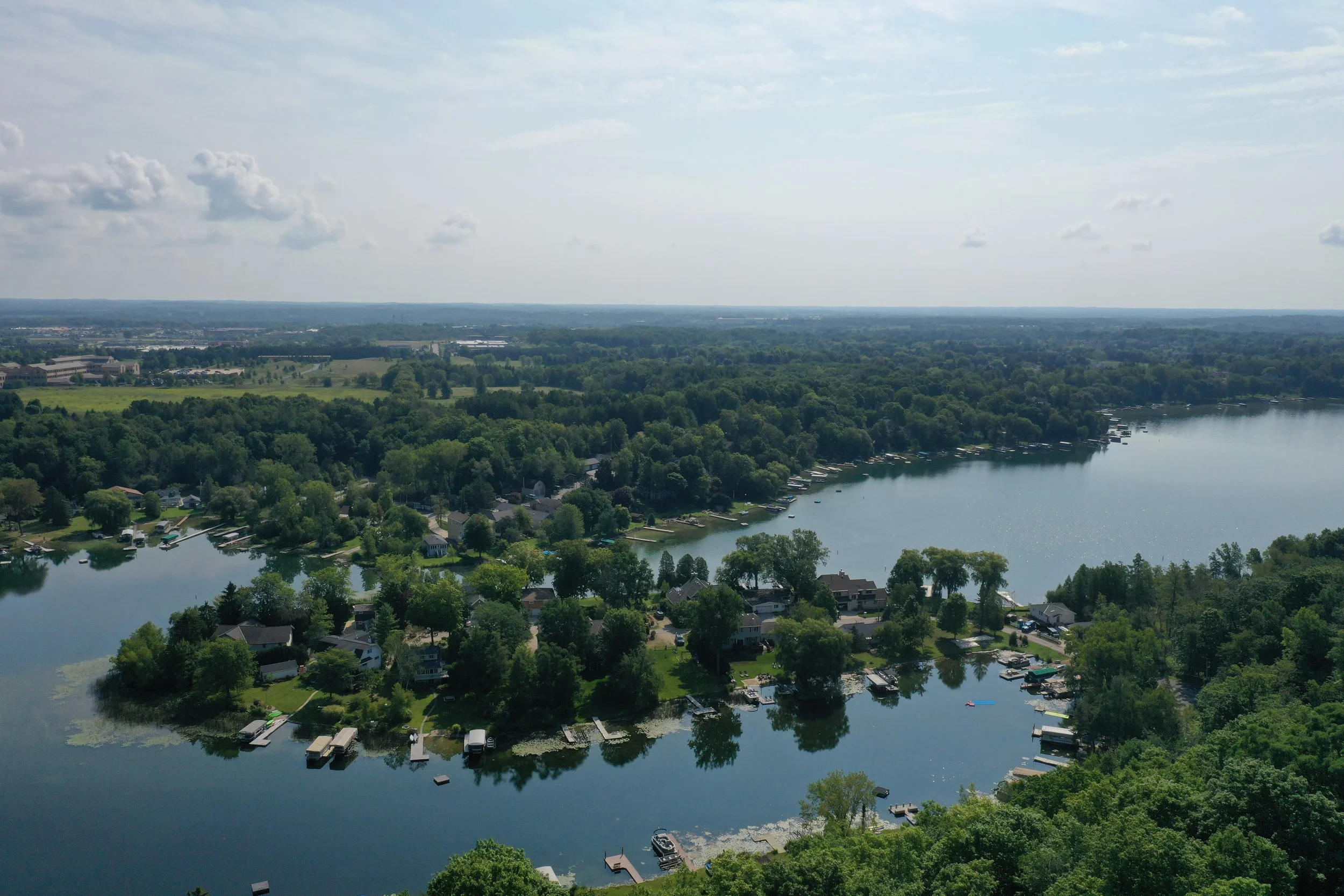
Lake Types
in Wisconsin
Inland lakes of Wisconsin are categorized by size, alkalinity, water source, and depth. Topography, glaciation, soil composition, surrounding land use, rock composition, and post-glacial water flow all factor in to the lake’s characteristics and classification.
Depth:
Water depth influences stratification, along with surface area, water clarity, and the water source. Deeper lakes are typically stratified, marked by levels of variation in temperature at different depths.
Size:
The Wisconsin DNR classifies lakes greater than 10 acres as large, whereas small lakes are less than 10 acres.
Alkalinity:
Alkalinity refers to hard water or soft water. Generally, soft water lakes have a ppm below 50 and less ability to buffer acids. Hard water lakes have a total alkalinity equal to or above 50 ppm, and this makes them less prone to acidification. The carbonate and bicarbonate ions help to buffer acid from forming.
Water Source:
1- Spring
Spring lakes are headwaters of many streams, and a fairly common lake type in Northern Wisconsin.
2- Seepage
Seepage lakes primarily source water from precipitation and runoff. These landlocked bodies of water are also the most common type of lake in Wisconsin.
3- Drainage
These lakes are often found along major rivers. They have both an inlet and and outlet, and the water mainly comes from streams.
4- Impoundment
Impoundment Lakes form when a dam adds one-half or more to the depth of a drainage lake.
